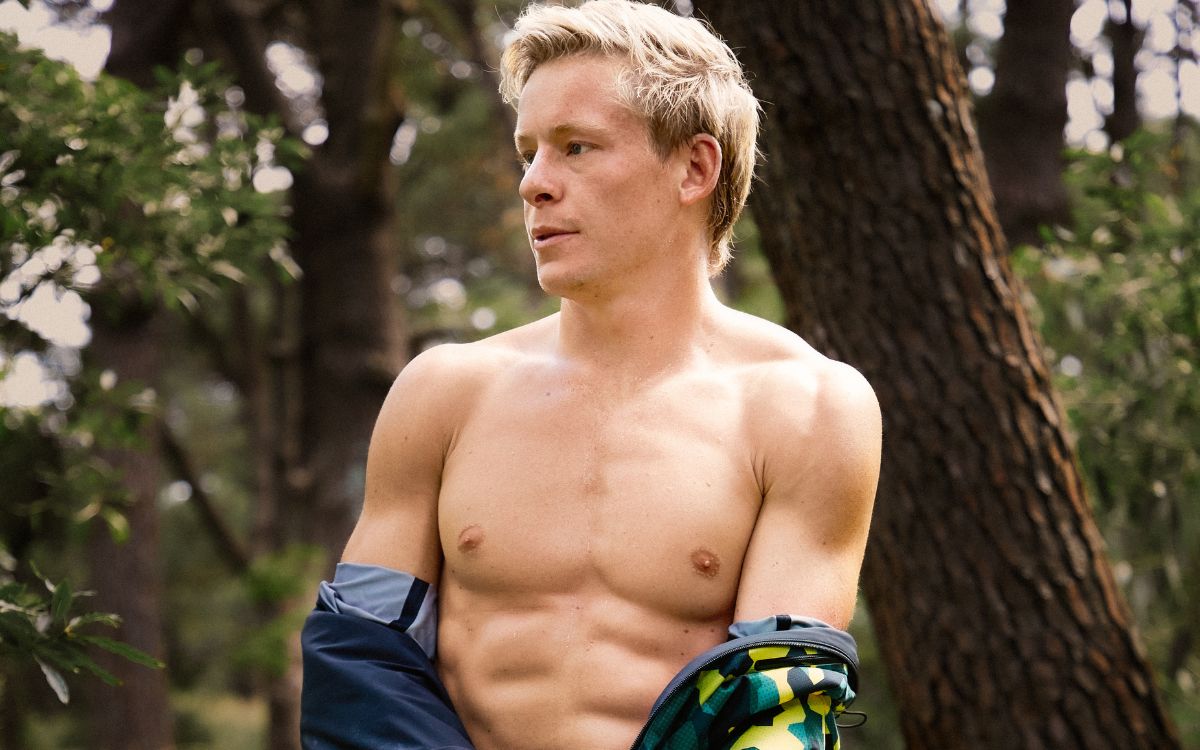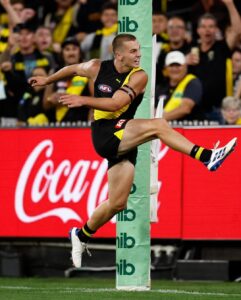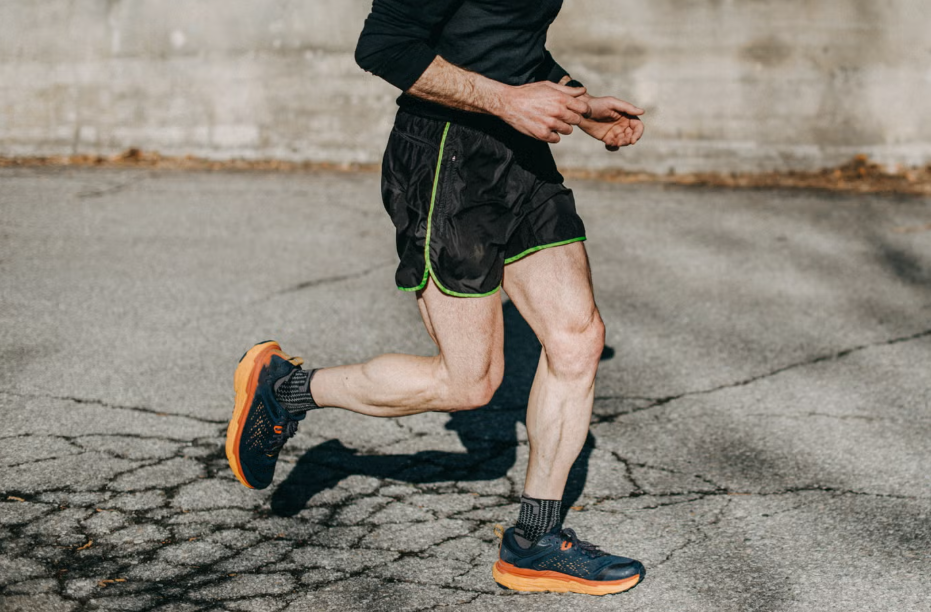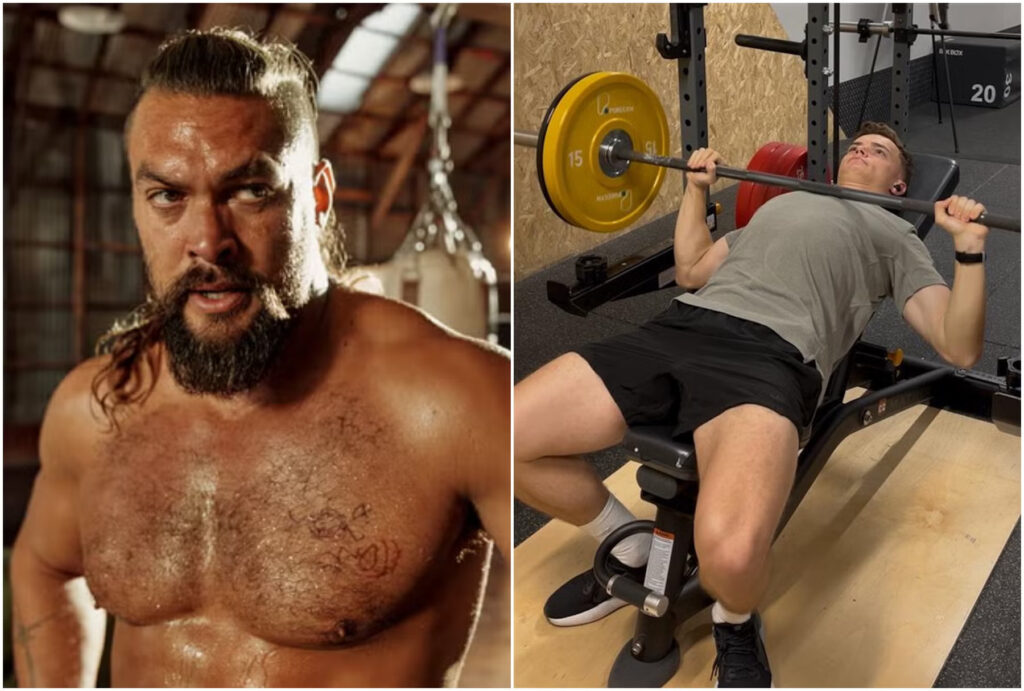AFTER YEARS OF chasing the ideal workout, I’ve certainly had my fair share of fails. I would have paid memberships for five or six gyms over the last decade. I’ve subscribed to Apple Fitness on a number of occasions … then within months cancelled, and countless fitness classes. And yes, I’ve even had a crack at the Hemsworth app. None of these programs changed the way I moved, or more honestly, how I looked, and if I’m even more frank, none were able to keep me motivated.
But this year – as I began my AFL coaching career with an Under-18 Excellence squad – I stumbled onto the ‘Building AFL Players’ program from former Melbourne Demons captain Jack Grimes, and within weeks, I was moving like a footballer instead of one of Russia’s malfunctioning humanoid robots trying to touch its toes. It also showed me that my fitness level was clearly NOT an 8/10. It became quite clear that it was more like a 4/10.
After a few short sessions in the ‘test week’ (as the program calls week one) that’s when it hit me; the AFL workout might just be the ultimate Australian fitness program. Readying Aussie blokes for summer beaches, filling out a suit for a wedding, and of course your Div 6 ressies Grand Final. But more importantly, it works for overall fitness for Aussie men. It’s strong without stiffness, powerful without puffiness, and that’s what makes it so functional.
There’s a reason AFL players are the country’s unofficial fitness idols. They’re not bulked-up bodybuilders or endurance stick figures, they’re walking hybrids of strength, speed, and agility. Their bodies are made for chaos; from leaping on people’s shoulders, to interval sprinting for hours on end, twisting out of tackles, bracing for a hip-and-shoulder, colliding with your head over the footy, and then backing up to do it all again 20 seconds later.
Where a traditional gym program might have you moving one plane at a time, think chest press on Monday mornings before work and leg days that always seems to get skipped, AFL training is about movement with purpose.
In Grimes’ Building AFL Players program, you’re doing short, explosive sprints one day and strength-based stability work the next. The cardio hits harder because it’s built around repeat efforts, the same intervals that make elite players seem tireless by the fourth quarter. The strength work feels different too. It’s not about maxing out; it’s about building usable muscle, the kind that lets you sprint up a hill to catch a train to work, or battle a couch as you move it up the stairs while saving money on removalists.

You don’t just get fitter, you get athletic.
I’ve done spin classes and they honestly feel like they are the nightclub of fitness classes. They are intense, loud, the floors are sticky for some reason, and there are a lot of people yelling at you while trying to compete against the noise … or maybe they were yelling at me because I wasn’t ‘working hard enough’. Yes, probably that actually. But after a while, you start to realise you’re repeating the same movements over and over, until your body adapts and the gains flatline.
AFL training on the other hand has depth. One session might blend sprint intervals, plyometrics, and core stability. The next, it’s lower-body power and upper-body rotation, all designed to mimic the unpredictable rhythm of a real game. You’re not just sweating, you’re training like an AFL athlete. The result is cardio that builds endurance and stamina.
And where Apple Fitness might encourage you with a, ‘You’re closing your rings’, Grimes reminds you to plant your feet, drive your knees, and brace through your core, because movement done right beats movement done pretty. I’ve gone days where I ‘closed my rings’, but I didn’t do a workout. More just a leisurely stroll with my puppy and baby around my neighbourhood. Feels a little too low standards to me.
Most programs burn hot and fizzle fast. You lose weight, gain muscle, then plateau into boredom. AFL training keeps you engaged because it’s varied and you feel like you’re genuinely training like your idols. You move through multiple planes, challenge your body’s coordination, and build genuine athleticism.
Plus, it’s not about chasing calories burned, because really, is that what peak fitness is all about? It’s about performance. Being able to run, twist, leap, and recover better each week. The by-product? A body that looks like it could take a hanger over your best mate at the beach while showing off a rippling rig to onlookers.
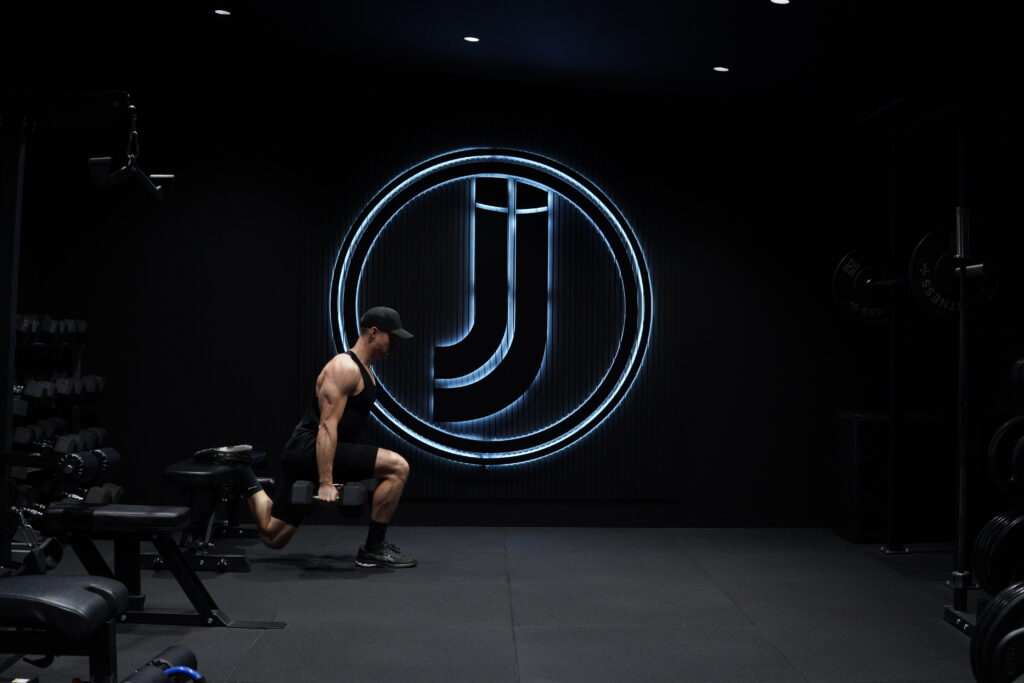
Training like an AFL footballer does more than reshape your body, though, (however great that is), it redefines your fitness philosophy. You stop chasing aesthetics and start chasing ability. You stop isolating muscles and start connecting movement. And yes, you still get the kind of definition that makes you wonder if those guernseys are secretly sprayed on.
The AFL workout isn’t just the ultimate fitness blueprint; it’s the Australian ideal. Balanced. Explosive. Functional. Capable of carrying a footy under one arm and a toddler having a tantrum under the other.
So, if you’re tired of listening to your watch tell you ‘Great workout’ when you’ve just returned from walking your dog, maybe it’s time to train like you’re gunning for a Brownlow or a Norm Smith instead.
JJ's High Performance - Elite Speed & Conditioning Workout
Adapted from a professional football conditioning program
This session blends sprint mechanics, explosive power and high-intensity running. It’s designed to boost speed, build repeat-effort conditioning and improve overall athletic performance – even if you don’t play football.
- Warm-Up (8–10 minutes)
- Jog – 2 min
- Inchworm Walkouts – 3 reps
- Lunge with Overhead Reach – 6 each side
- Run-Throughs – 2 × 40 m @ ~70% effort
- Hamstring Sweeps – 6 each side
- World’s Greatest Stretch – 3 each side
- Run-Throughs – 2 × 40 m @ ~80% effort
- A-Skips – 2 × 15 m
- Run-Throughs – 2 × 40 m @ ~90% effort
Purpose: Raise heart rate, increase mobility, reinforce sprint technique, and prime the nervous system for speed.
- Speed & Power Block
Full rest = slow walk back after each rep. Prioritise quality over fatigue.
- Pogo Jumps – 2 × 20
(Quick, elastic ankle hops) - Bounding – 2 × 25 m
(Long, powerful strides) - Triple Broad Jump – 3 reps
(Three consecutive horizontal jumps) - 15 m Accelerations
- 3-Point Start – 2 reps
- Falling Start – 2 reps
- Flying Sprint 20 m – 3 reps
Build for 30 m, hit top speed for 20 m.
Purpose: Improve explosiveness, acceleration mechanics and max-velocity sprinting—key qualities for any athlete.
- Running Conditioning Block
This section mixes short shuttle sprints with 2-minute distance runs. The goal is to repeat high-intensity efforts with minimal rest—similar to real match demands.
Set 1
- 5 × 20 m shuttle sprints (40 m total per rep)
Rest: 25 sec between reps - 2-min Run for Distance
- Rest 3 min
Set 2
- 5 × 40 m shuttle sprints
Rest: 40 sec - 2-min Run for Distance
- Rest 3 min
Set 3
- 5 × 60 m shuttle sprints
Rest: 60 sec - 2-min Run for Distance
- Rest 3 min
- Performance Targets
2 km Time | Target per 40 m Shuttle | Target for 2-min Run |
10:00+ | 13.0 sec | 390 m |
9:00-10:00 | 12.0 sec | 420 m |
8:00–9:00 | 11.0 sec | 440 m |
7:30–8:00 | 10.0 sec | 500 m |
7:00–7:30 | 9.0 sec | 530 m |
6:30–7:00 | 8.5 sec | 570 m |
6:00–6:30 | 8.0 sec | 610 m |
Sub 6:00 | 7.5 sec | 660 m |
These benchmarks help you maintain the right intensity, whether you’re an everyday athlete or training at a high level.
Coach’s Tip
Prioritise quality in the speed block and consistency in the running block. If your times fall off dramatically, add rest or reduce reps—speed training only works when execution is sharp.
For more AFL-based workouts, check out jjshighperformance.com.au




